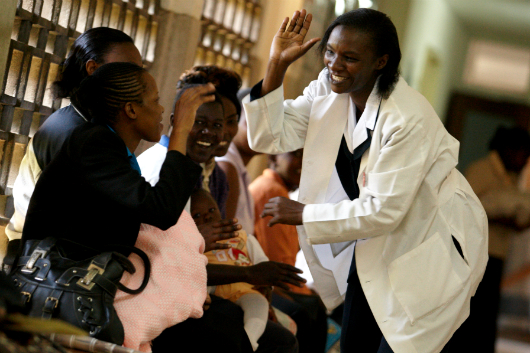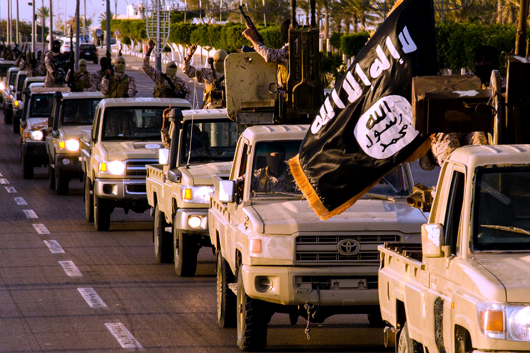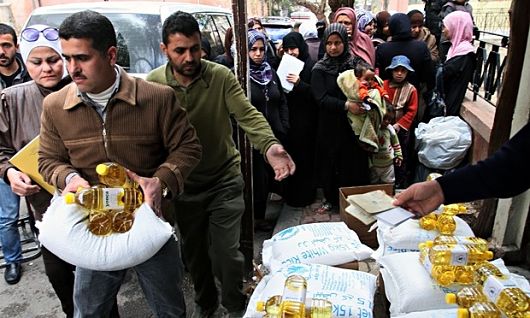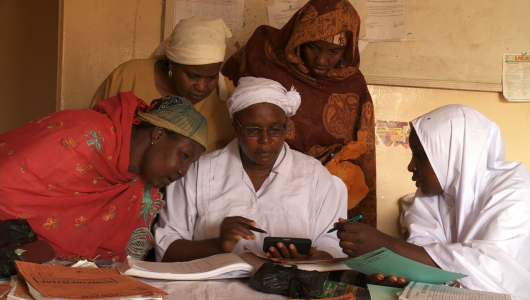
Thirty years ago, Ethiopia was hit by a crippling famine that set it on a path of sluggish growth and poverty. However, that is beginning to change, as aid and economic opportunity in Ethiopia are growing tremendously.
In the past several years, Ethiopia has averaged around 10% growth, a staggering number and an incredible economic opportunity for foreign investors. The country was attracting only about $100 million in foreign direct investment seven years ago, but in 2014 Ethiopia drew in $1.2 billion. The country is taking a state-led approach to attracting investment; it just wrapped up its 5-year Growth and Transformation Plan. This plan is intended to expand social services and infrastructure, ensure macroeconomic stability, and enhance agricultural and manufacturing productivity. The net result of these changes has been a more stable investment environment, and international investors are beginning to take notice.
These investors include China, Turkey, India, some European firms and the United States. China is especially involved in infrastructure projects, having constructed a passenger railway in Addis Ababa, the nation’s capital, in addition to the construction of several dams. Turkey, India and China have all recognized Ethiopia as a good new manufacturing hub, with some of those countries’ largest manufacturers of paint, shoes and textiles relocating to the country and taking advantage of the cheaper labor costs and tax incentives.
As foreign investment in Ethiopia strengthens, the United States remains somewhat reserved in taking advantage of Ethiopian markets. In 2013, the World Bank ranked Ethiopia 127 out of 185 countries in terms of the ease of doing business. The U.S. State Department also describes how bureaucracy and a restriction on investing in key industries can hinder business objectives. American investors have traditionally been wary of investing in countries dominated by state-owned enterprises such as telecommunications, power and finance industries of which the Ethiopian government still controls.
Despite sluggishness by U.S. investors, a few key enterprises are taking advantage of the increased affluence in the country. Boeing recently signed a deal with Ethiopia’s largest airline to provide 20, 737 MAX 8s, worth a total of $2.1 billion, and with a provision to possibly supply 15 more. This deal is a huge indication of the growth potential of Ethiopian industries, which only 30 years ago were nowhere close to capable of generating demand for expensive aircraft produced by Boeing. A few U.S. private equity firms such as KKR and Blackstone have also made deals in the country, investing in infrastructure and floriculture, more evidence of a shift in the investment climate.
Ethiopia’s economic successes have both been enhanced and supported by international aid efforts in the past several decades. The country was among the most successful in hitting Millennium Development Goals benchmarks—halving child mortality, doubling access to clean water and quadrupling primary school enrollment in the past 15 years. These advances have no doubt provided a solid foundation for Ethiopia to transform into the rapidly emerging market it is today.
Despite double-digit growth, Ethiopia still needs help. While its economic successes have lifted millions out of abject poverty, the country still ranks 173 out of 186 countries on the U.N. Human Development Index, which measures quality of life. Per capita income is about $560, among the lowest in the world. And addressing public health challenges is an ongoing issue; malnutrition and infant mortality are still relatively high.
Growth, emerging markets and aid go hand-in-hand. While Ethiopian economic successes should be celebrated as a pathway to reducing poverty, they should also be taken as an indication of the effectiveness of previous poverty reduction efforts. There is a synergy between existing economic growth and continued foreign aid, which can enhance the quality of life for the poorest in Ethiopia, ensuring that Ethiopia becomes the next best place for the United States to do business.
– Derek Marion
Sources: Ethics And Internatioal Affairs, The Africa Report, Financial Times, US State Department, World Bank
Photo: Flickr








 The top government agency in the United States working toward ending global poverty announced a revolutionary online training tool for frontline global health workers earlier this month.
The top government agency in the United States working toward ending global poverty announced a revolutionary online training tool for frontline global health workers earlier this month.